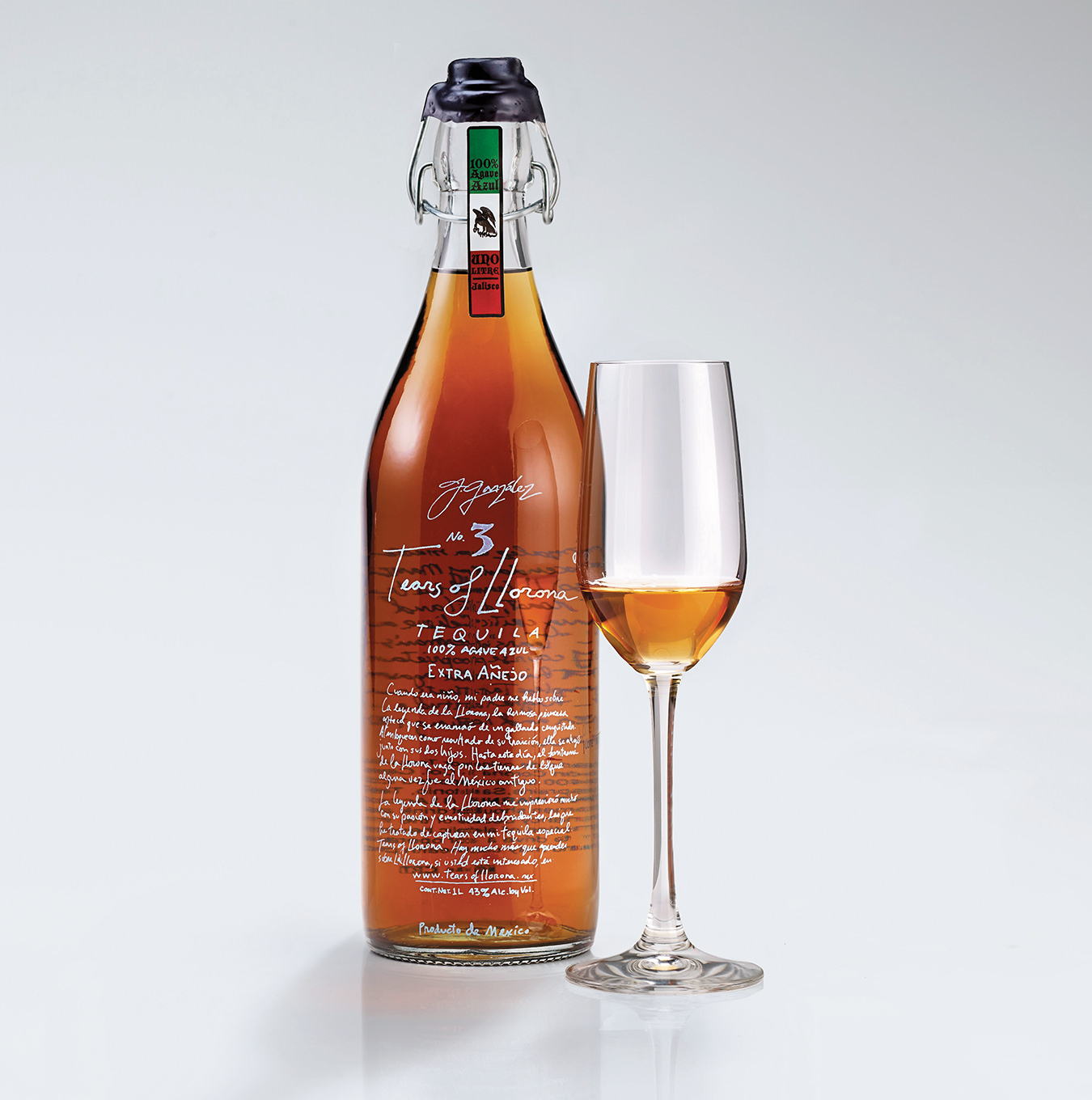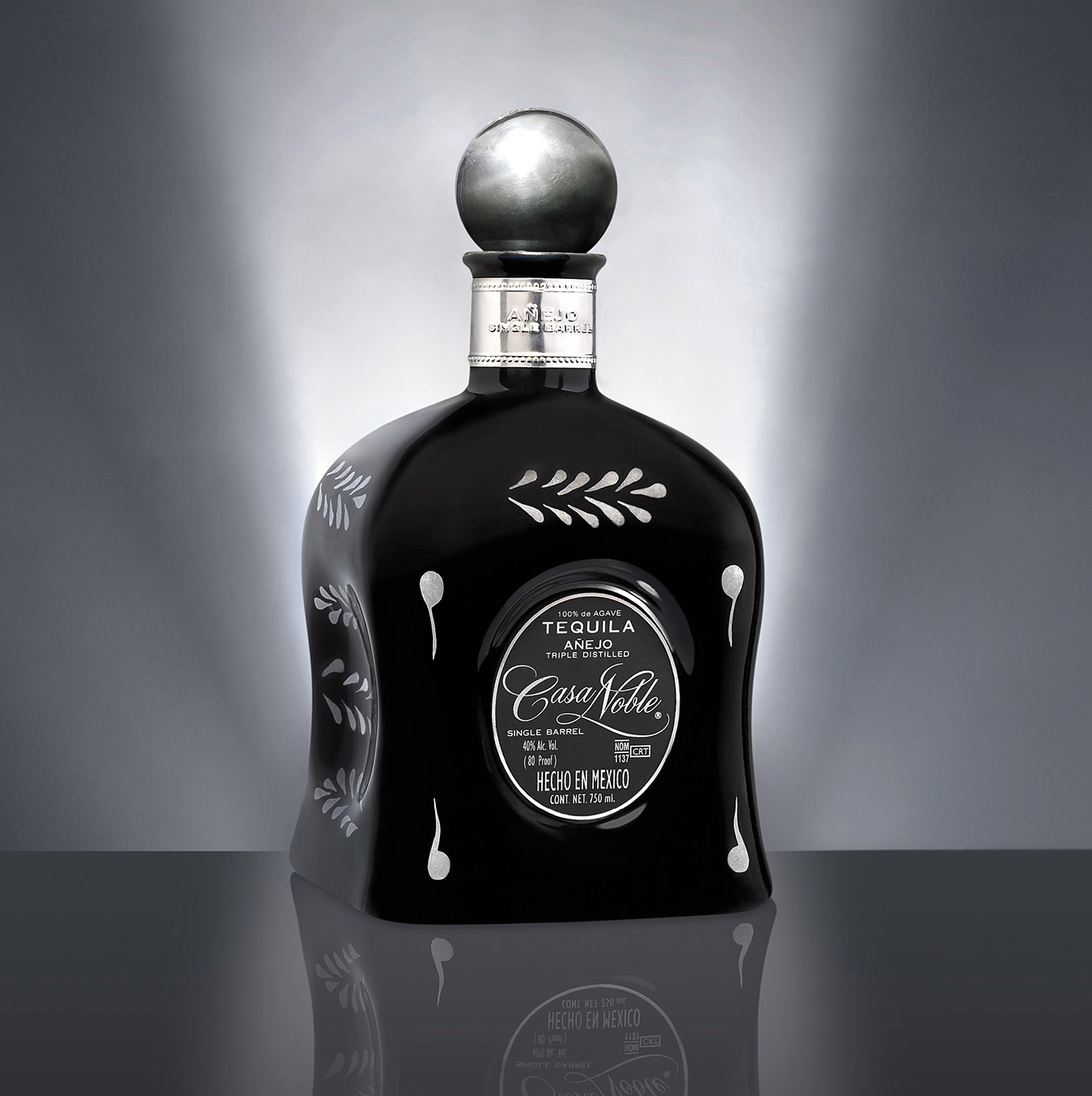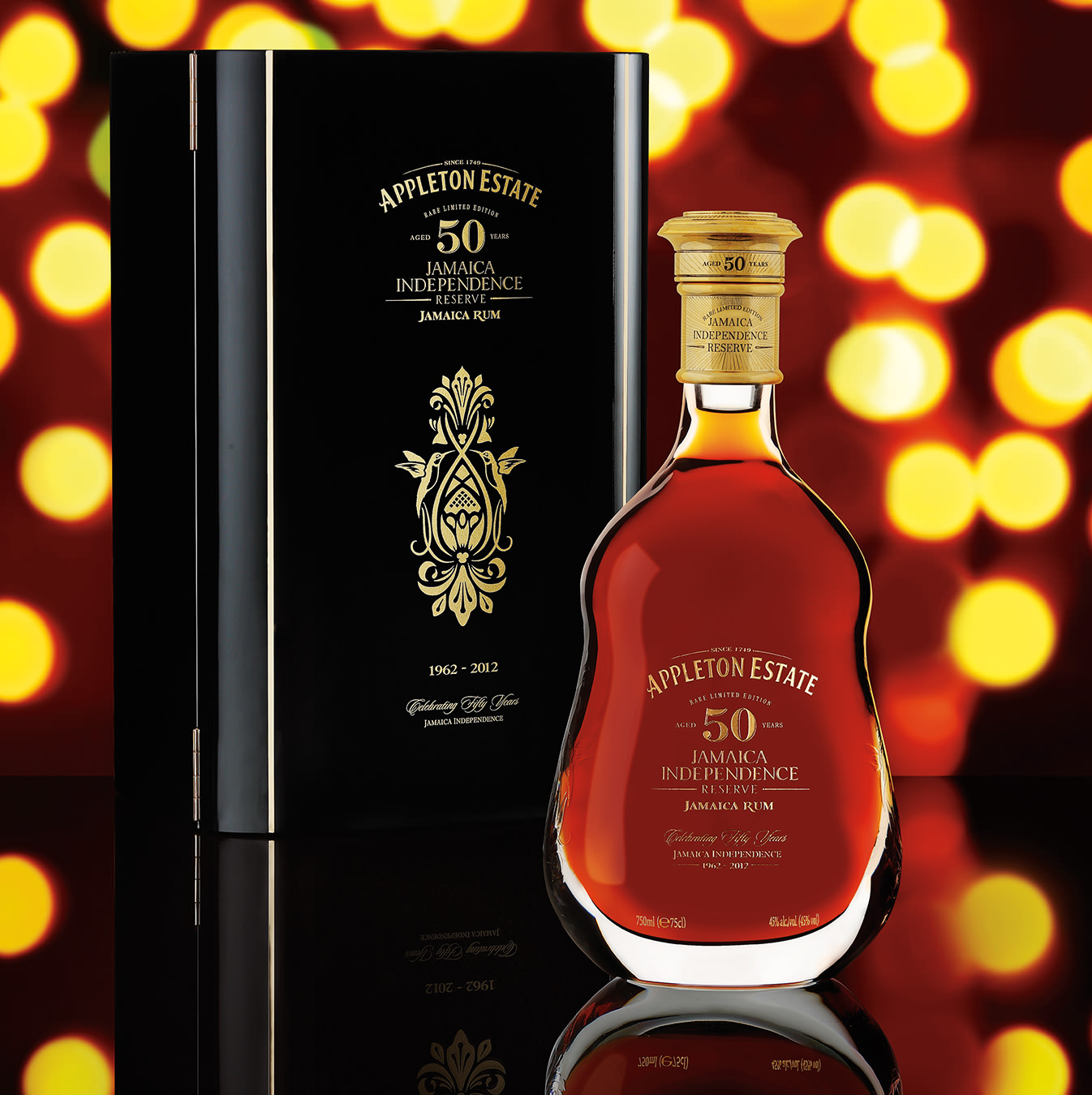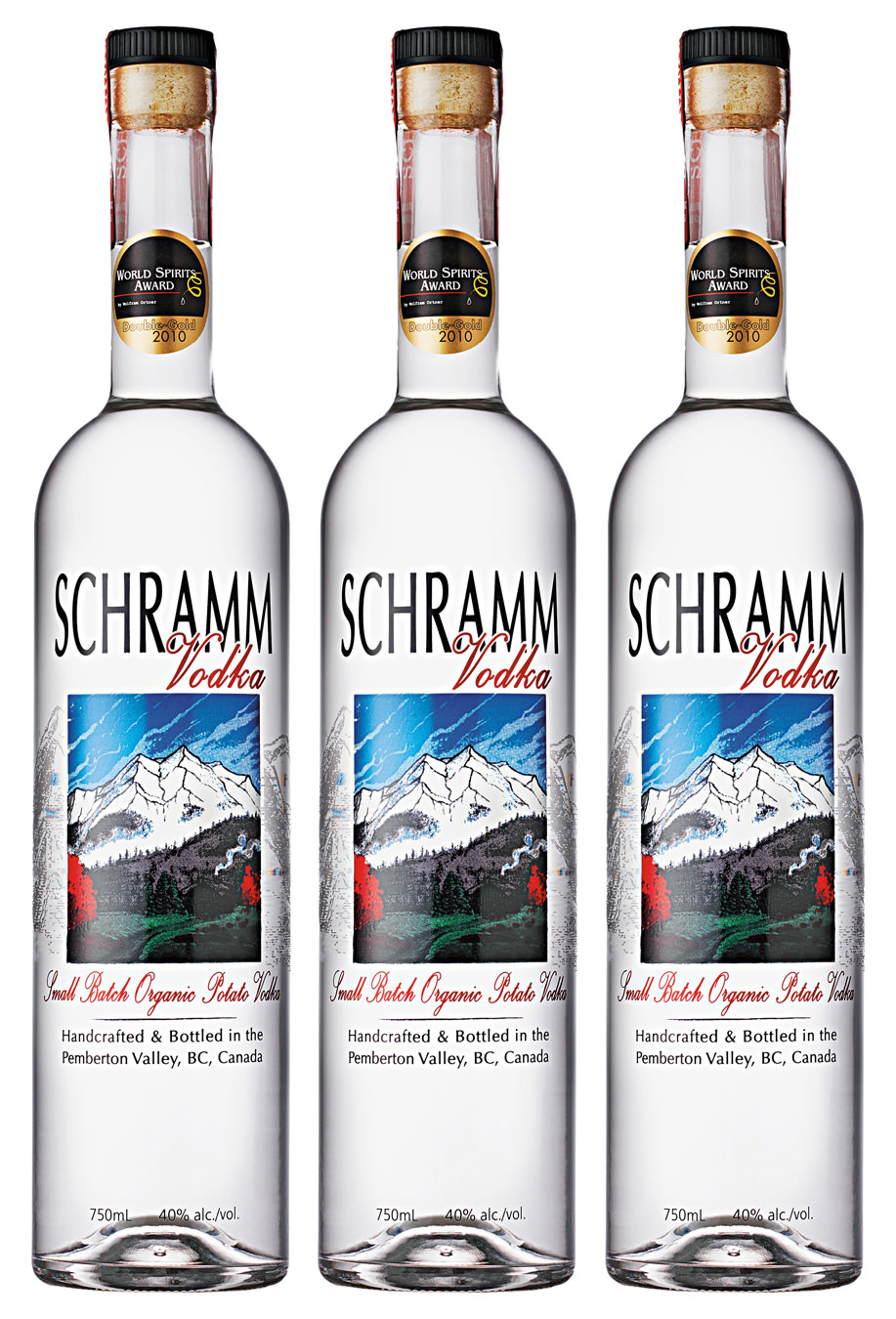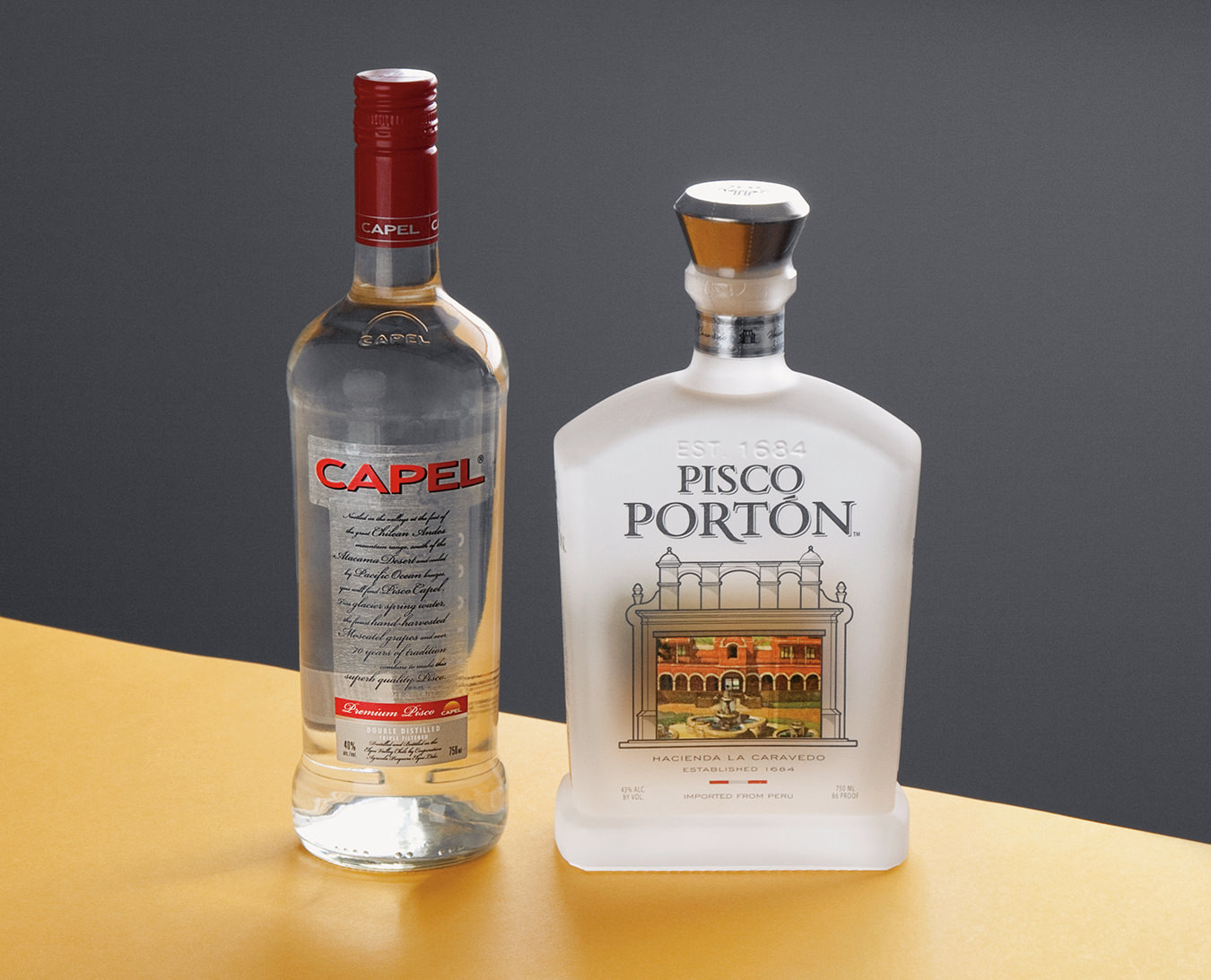Extra Añejo Tequilas
Coming of age.
Ten years ago, in response to the increasing production of extensively aged tequilas, the Consejo Regulador del Tequila, Mexico’s regulatory commission for ethical and high-quality tequila production, established the “extra añejo” classification to describe tequilas that have been aged for more than three years. The classification added legitimacy to the category and brought ultra-aged tequilas further into the spotlight, but it did not create parity across the category. If a maestro tequilero (master tequila distiller) isn’t diligent in his or her efforts, the resulting extra añejo tequila can lack the characteristic agave notes that distinguish it from all other spirits.
When Guillermo González introduced his premium brand Chinaco to the United States in 1983, the first tequila he released was matured for one year in Scotch whisky casks; a few years later, he launched a small batch of extra añejo tequila. In 2010, González’s son Germán launched his own brand, Tequila Uno, and more recently debuted a separate brand for an expertly blended five-year extra añejo, Tears of Llorona, which was released in 2014. “What we want to do with Tears of Llorona is to raise the level of tequila to where we think it can be,” Germán says.
Unlike many extra añejo tequilas, which are blended from numerous casks of a specific wood and finish (ex–bourbon barrels are the most popular), Tears of Llorona is a blend of three five-year tequilas that are aged in Scotch, brandy, and sherry casks. Those specific barrels, Germán explains, are used to create a combination of dryness, sweetness, and fruitiness in the finished product. While the blending process is not new to González—he blends barrels to produce two of the three expressions in his Tequila Uno line—the marriage of different finishes began as an experiment born from his introduction to Hennessy Paradis cognac more than six years ago. “Tasting that cognac opened my mind to a lot of flavours that come from time spent in different woods,” he says.
Despite the complexity that comes from the confluence of cask finishes, Tears of Llorona still boldly highlights the agave notes at its core, which is a point of pride for González. “The way my father taught me to make tequila, agave was the most important thing,” he says. “There are a lot of spirits in the world, but there’s only one that’s called tequila. And at the root of tequila is agave. Agave is what we need to remind us of who we are.”
Like Tears of Llorona, Casa Noble’s Single Barrel extra añejo is distinctive within the category for the fact that it is a single-barrel release, which means each batch features subtle nuances in flavour based on the characteristics of each individual barrel, and also because Casa Noble uses virgin French white oak casks. “I love the evolution over time in the barrel,” says Jose “Pepe” Hermosillo, the brand’s founder and maestro tequilero. “A great extraañejo,” he explains, “will be rounded with beautiful barrel aromas developed over time, combined with the essence of agave.”
“There are a lot of spirits in the world, but there’s only one that’s called tequila. And at the root of tequila is agave. Agave is what we need to remind us of who we are.”
Unlike Casa Noble’s Single Barrel, which features a herbaceous spiciness up front that transitions into sweeter barrel notes in the finish, Avión Reserva 44 delivers those sweet barrel notes at the onset. And unlike Tears of Llorona, which offers layers of flavours and aromas that evolve, Avión’s extra añejo is softer and more subdued. Those who are familiar with the brand’s standard añejo will find that the Reserva 44, which is aged in American oak for 43 months and finished in petite oak barrels that are rotated daily for an additional month, tastes just as that añejo would if it had spent 20 additional months in the cask. The peppery kick found at the back end of the two-year añejo is gone, and the Reserva 44’s darker amber hues reflect the softer, smoother notes that characterize the spirit from beginning to end.
For a middle ground between the smoothness of Reserva 44 and the agave spice of Casa Noble’s Single Barrel go with a bottle of San Matias Gran Reserva, a blend of extra añejo tequilas aged in American and French oak casks. The tequila is a marriage of vanilla notes from the oak and unmistakable peppery herbaceous notes from the agave. Furthermore, it—like the other aforementioned examples—proves that ultra-aged tequila, when properly distilled and judiciously matured, can be both complex and true to its roots.

